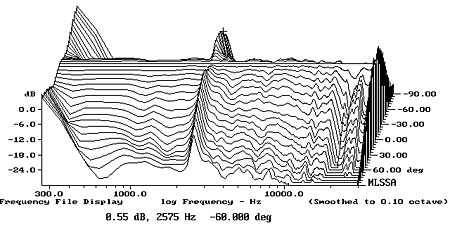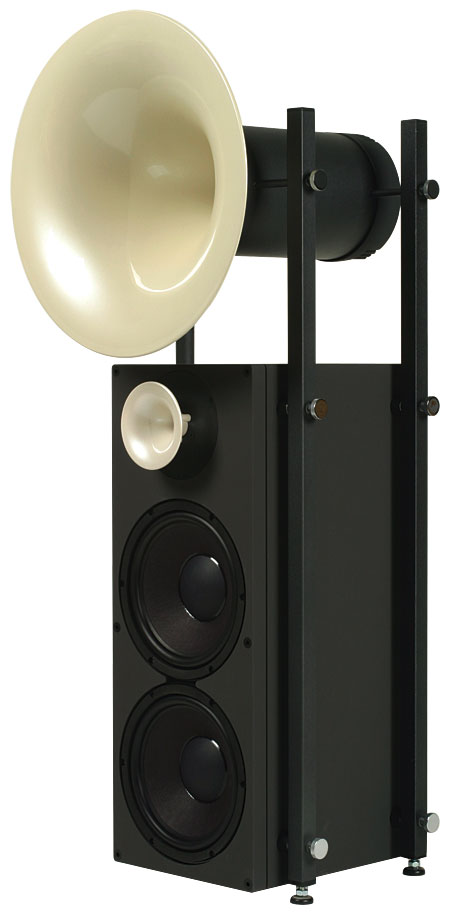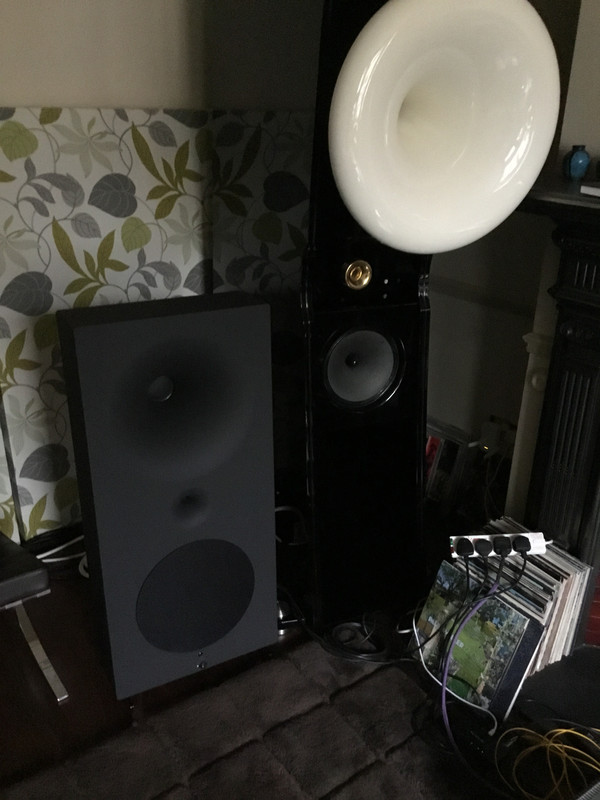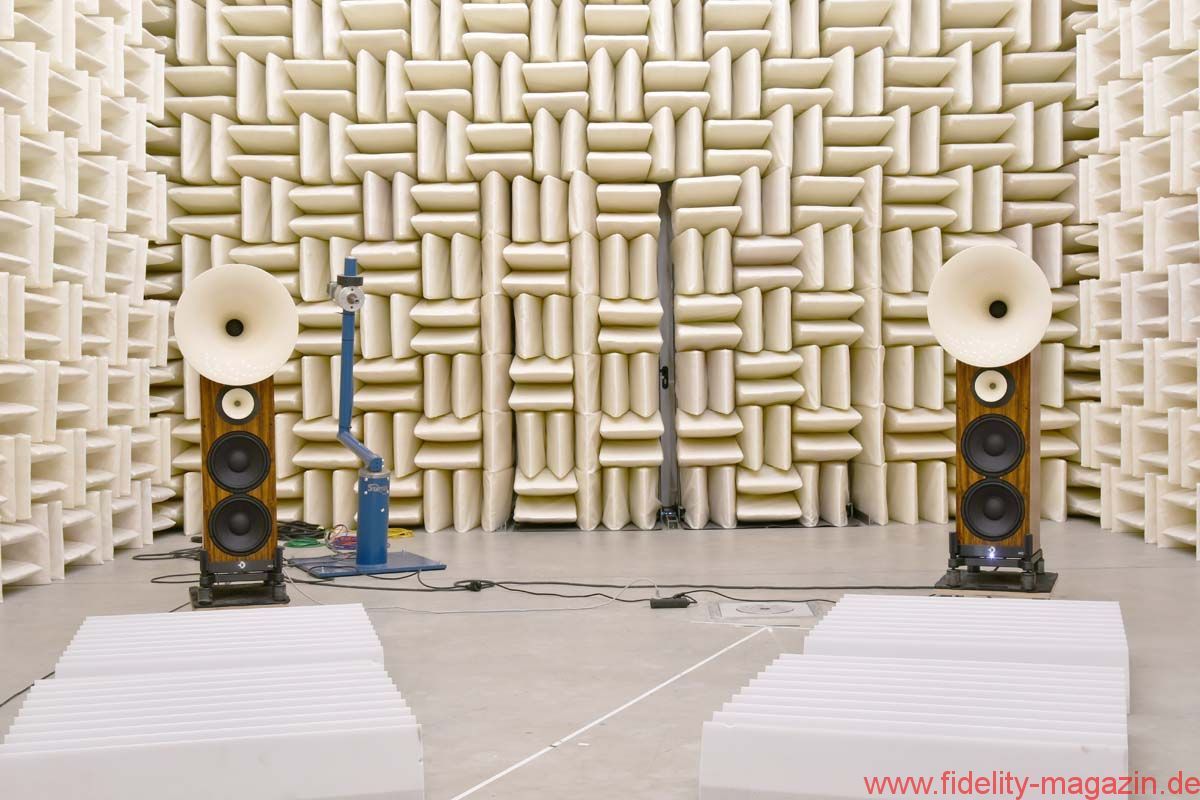3. Blind Speaker Tests in general: The blinded speaker research so often cited here seems clearly sound and informative. Informative in terms of establishing, in blind tests, strictly on sonic attributes, what people tend to prefer. However, again, pondering the implications is interesting. As I've argued before, there is a conundrum, perhaps even a paradox, lurking in the relevance of the research for consumers. It seems mostly just assumed that the result of the blinded conditions are relevant to the sighted conditions in which consumers will actually be listening to speakers. It's generally asserted as helping guide our speaker purchases. Yet...as far as I'm aware, there is little if any data showing how preferences established in blind listening tests predict preferences in sighted listening conditions. It's just sort of assumed there is some relevance. (And insofar as we are presented results of sighted vs blind tests, it is typically used to emphasize the differences, the unreliability of sighted listening, rather than the reverse: searching for how the blind test results might share any through-line trends with sighted test results).
The problem inherent in this situation is that: If such studies demonstrated that what is perceived in the blind listening tests predicted what is perceived in the sighted listening results, that necessarily erodes the relevance of the blind listening tests. It would suggest the relevant "good sound" characteristics can be evaluated in sighted listening too. But to the degree such studies would fail to predict sighted listening preferences from the blind test results...that too would erode the relevance of the blind tests to the actual use-case scenario for speakers. So we have this apparent gap...right where you'd want the research to be demonstrated as relevant!
Given this gap, in terms of the relevant to our preferences for sound, what kind of rational is there for choosing the speakers that measure in ways that people select in blind testing? It would seem the best one could say is that it satisfies someone's intellectual itch, that they at least know "this is rigorously determined as the best sound in blind tests." So in a way it's like specs-chasing SINAD, where one chooses the best SINAD (or other distortion metric) measuring component, from among others that are already below audible distortion, just for a sense of peace of mind or intellectual satisfaction. But moving beyond that to anything like "I've chosen this because I will perceive the sound as better under my sighted listening conditions" seems to bring on the issues cited above.
(As I've said, this is not so much a problem if we take sighted listening to be at least accurate enough, perhaps over time, to what we'd hear in blinded conditions).







